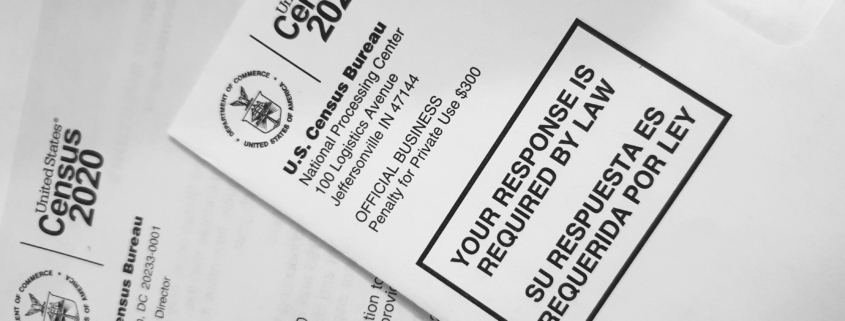CNK Research Finds Census Inequity in L.A. County
The Census Bureau conducts an enumeration of the population every decade and compiles the information to assist local officials in the redrawing of political boundaries in response to population changes to ensure that electoral districts are equal in population size. While the goal for every decennial census is a complete and accurate count, it has never been perfect, both missing some individuals and double counting others.
CNK director Paul Ong and Jonathan Ong of Ong and Associates, a public-interest consulting firm, combed through the data from the redistricting census data released Aug. 12 by the U.S. Census Bureau. They compared the information to earlier population estimates based on the American Community Survey to determine whether and where the 2020 enumeration appears to undercount or overcount the population within each neighborhood in Los Angeles County.
“The results are, unfortunately, consistent with our worst fear that the 2020 enumeration faced numerous potentially insurmountable barriers to a complete and accurate count,” Ong said.
He explained that a key difference between the American Community Survey and the 2020 census is that the COVID-19 pandemic severely impacted data collection for the 2020 enumeration. Previous research has shown that the pandemic’s disruption was particularly pronounced in disadvantaged neighborhoods. The results indicate that the 2020 census suffers from what is known as a “differential undercount,” where some populations are disproportionately missed by the enumeration. As a result, the scope of ethnic diversity and demographic change in cities like Los Angeles can be significantly underestimated, Ong noted.
The factsheet summarizes the findings from the comparison of population counts for LA County from the 2020 data for political redistricting (P.L. 94-171 Redistricting Data or PL94) and the 2015-19 American Community Survey (ACS). Differential undercount is deeply embedded in and shaped by existing structures of inequality. It is, therefore, not surprising that historically low-income persons and people of color are disproportionately missed by the enumeration, and thus disproportionately undercounted.
Access the factsheet at: Potential Differential Undercount in 2020 Census Redistricting Data: Los Angeles County, California












Leave a Reply
Want to join the discussion?Feel free to contribute!